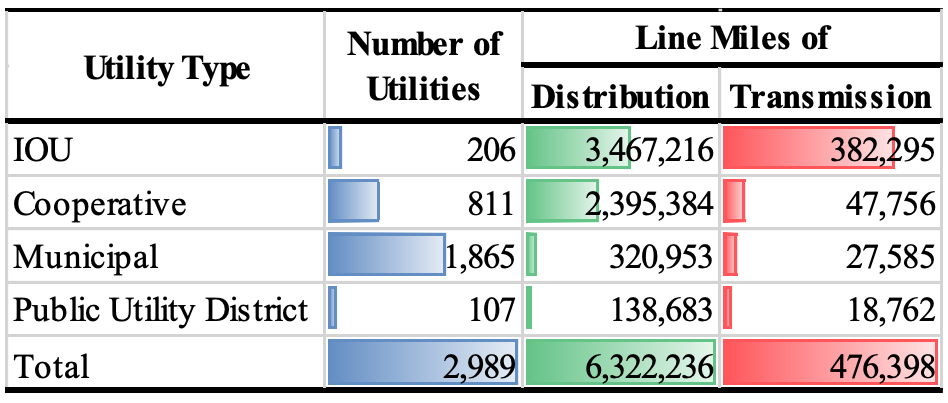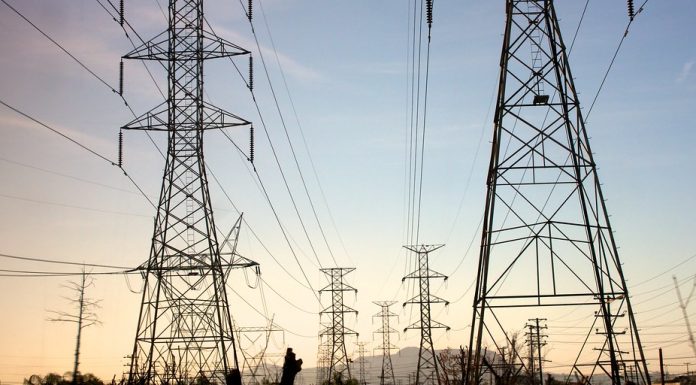(Alex Berezow, American Council on Science and Health) Environmentalists often oppose the very solutions that they once proposed.
In the previous edition of “Environmentalists want X, but oppose what’s needed to achieve X,” we discussed how activists want electric cars but oppose the construction of the manufacturing plants needed to build them.
In this edition, we focus on a particularly vexing problem: Environmentalists want renewable energy, but oppose the power lines necessary to deliver that energy.
It’s a peculiar feature of American geography that the places that are great at providing renewable energy (such as solar power in the Southwest and wind power in the Midwest) are relatively sparsely populated. Therefore, electricity generated on solar or wind farms has to be transmitted a long way, often hundreds of miles, to where it’s needed. That requires the construction of new transmission power lines.
 According to a July 2016 report (page 11) issued by the U.S. Department of Energy, there are more than 476,000 miles of transmission power lines in the country. (Transmission power lines are high-voltage and can carry electricity over long distances; distribution power lines are lower voltage and carry electricity to end users, like you. Those wooden poles in your neighborhood are probably carrying distribution power lines.)
According to a July 2016 report (page 11) issued by the U.S. Department of Energy, there are more than 476,000 miles of transmission power lines in the country. (Transmission power lines are high-voltage and can carry electricity over long distances; distribution power lines are lower voltage and carry electricity to end users, like you. Those wooden poles in your neighborhood are probably carrying distribution power lines.)
Environmentalists Oppose Construction of New Power Lines
So, we need an infrastructure upgrade. There’s simply no way around it. To achieve the environmentalists’ dream of using only renewable energy sources to get to net-zero carbon dioxide emissions by 2050, we have to build more transmission lines. How many more? Quite a bit according to a December 2020 report (pp. 168-169) issued by researchers from Princeton University. The authors suggest that we would need to quadruple (4x) or quintuple (5x) our transmission capacity.
In other words, we should have started building out our electrical grid yesterday. But there are an awful lot of people who don’t want these new power lines built.
As always, environmentalists are leading the charge. Activists are suing to stop the construction of a new 101-mile power line in Wisconsin and Iowa because it “will have ‘significant negative impacts’ on the environment, wildlife, property values, agriculture, outdoor recreation and tourism.” (Really, tourism?) In New England, the Sierra Club is opposed to the construction of a 145-mile power line connecting the U.S. to Canadian hydroelectric power.
To be fair, it’s not just environmentalists who often oppose new power lines. In an ironic twist, the same New England project is opposed by natural gas companies, putting them on the same side as the Sierra Club. The U.S. Department of Defense and, of course, environmentalists are opposed to a 515-mile power line meant to transmit wind energy from New Mexico to Arizona. Elsewhere, property owners oppose new power lines because they’re ugly.
Just imagine the legal nightmare of wrangling tens or hundreds of thousands of miles of right-of-way access for utility companies, Todd Myers of the free-market Washington Policy Center told us. That alone could set back the renewable energy agenda by decades. And environmentalists are playing a sizable role in holding it back.
Many Environmentalists Don’t Actually Want to Solve Problems
The only thing that most environmental groups like the NRDC and Sierra Club do is complain, file lawsuits, and block things. They’re never part of any solution. It’s like when politicians run on the pledge to fix immigration, the national debt, or some other hot-button issue. Truth be told, they don’t want to fix it. It’s better to have an issue to run a campaign on than a solution.
Something similar is true of environmental activists. There’s a lot of money to be made in obstruction because, once the problem is solved, the funding will dry up. How does the Sierra Club keep collecting donations in a carbon-free world?…Original Source…

